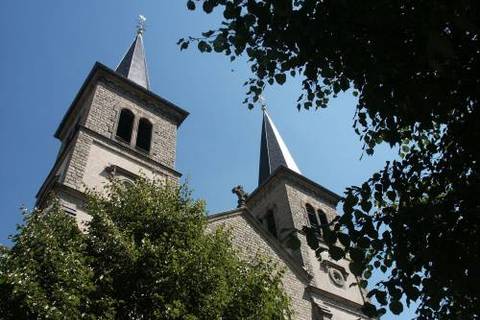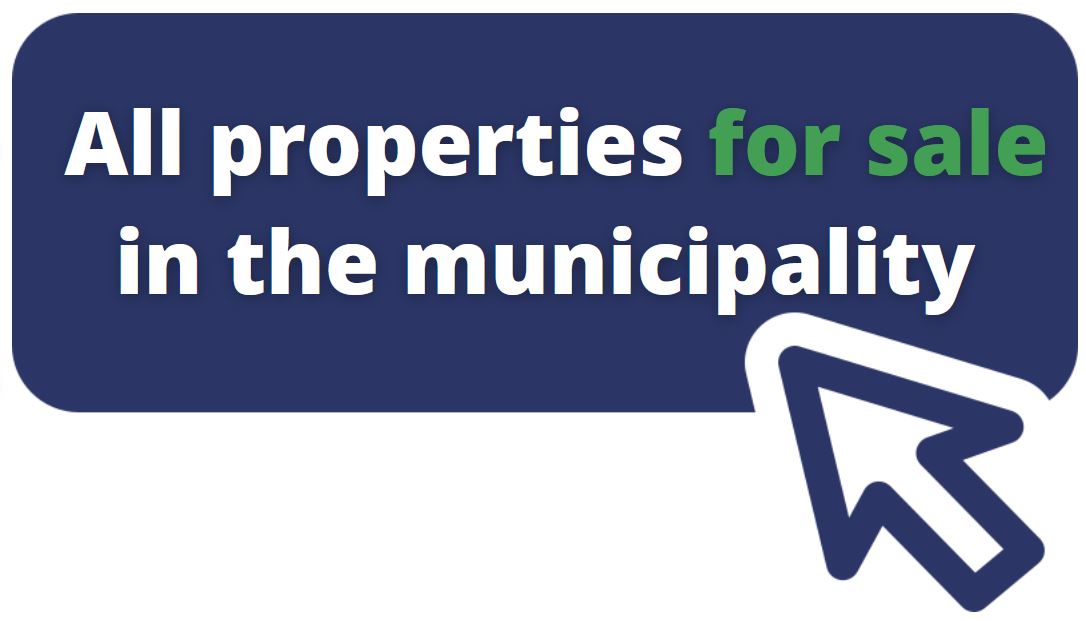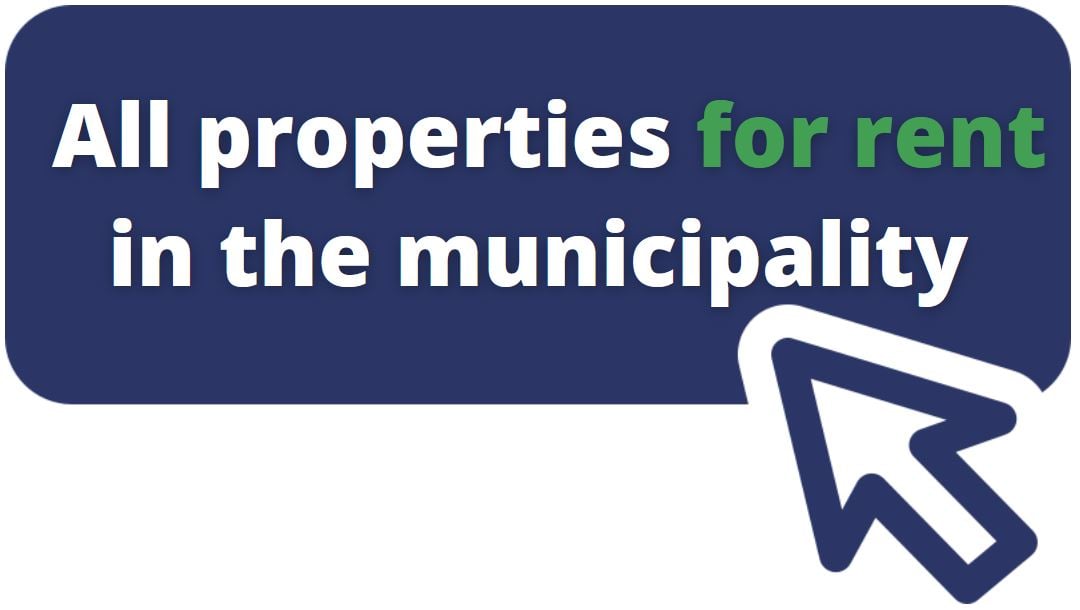
Living in Luxembourg: Focus on Mertert-Wasserbillig
If you are looking for a pleasant and well-preserved environment for the whole family, why not look at Mertert-Wasserbillig?
About thirty kilometres north-east of Luxembourg City, half an hour's drive on the A1 motorway, this small town in the countryside has all the advantages of a large city. You will be seduced by the charm of the vineyard slopes of the Moselle valley, where the Sûre is flowing down from the Ardennes.
For families who want to combine fresh air with the comfort of local services, this is the winning equation.
Moving to Mertert-Wasserbillig
Made up of two entities, Mertert to the south (1,533 inhabitants) and Wasserbillig to the north (3,231 inhabitants), with a total of nearly 4,800 inhabitants, the commune managed to keep a human scale, yet offering a wide range of services.
And that's without taking into account its location, close to Germany and Trier, just on the other bank of the Moselle...
Educational and cultural infrastructures
One “maison relais”, schools, a continuing education centre, a music school and a youth centre where children and teenagers can enjoy a wide range of leisure activities... Families will appreciate the available educational infrastructure.
And for the more athletic children, there is also a wide choice. With football and tennis clubs, as well as an amusement park with skateboarding and synthetic pitches, parents have no trouble keeping their children occupied in Mertert-Wasserbillig!
The whole family is also invited to go canoeing down the Sûre or to enjoy the entertainment and shows offered by the cultural centre.
What to visit, what to do?
Just like the tourists who flock all year round to take advantage of the forest paths, the cycle routes along the Moselle or the barges and cruise ships which allow you to observe the valley from the water, the residents who stay all year round have plenty to do!
The Wasserbillig Aquarium, for example, with its nine pools where Amazonian piranhas live alongside European pikes, is a must-see. The hiking trails through the woods and vineyards, the Moselle wine interpretation centre and the Natura 2000 areas highlighting the flora and fauna of the Sûre valley are all first-class assets.
You will also enjoy walking around the water sports centre next to the river port of Mertert, a real economic lung and multimodal transport hub at the heart of the Greater Region. Guided tours are available!
It's a fact: there's never a dull moment in this town! And we were about to forget the splendid 17th century altar in the baroque church in Wasserbillig...
Buying in Mertert
The real miracle of Mertert-Wasserbillig is that modernity - also in terms of shopping and local health services - is combined with an unspoilt green environment. Once you leave the motorway, you will find yourself surrounded by winegrowers’ houses with Mediterranean charm, a generous forest and an urbanisation that has remained in tune with the ever-present nature.
The demographic boom observed throughout the country remained moderated here. The municipality has “only” gained 2,000 inhabitants since the Second World War. We told you: a small town"https://logement.public.lu/fr/observatoire-habitat/prix-de-vente/prix-de-vente-des-logements.html">Observatoire de l’Habitat et du STATEC, only two flats were sold last year!
But its inhabitants know how to live happy, and it may be worth waiting to find that rare gem! If you still need to be convinced, take a trip in autumn during the “licht und flammen” weekend, which lights up the whole valley with fireworks and concerts!
The history of Mertert-Wasserbillig
The geographical and natural advantages of the site were already attractive to our distant ancestors in ancient times. A Roman road ran through the area and from Wasserbillig, a path leads to Roman tombs... It is to the know-how of Julius Caesar's companions that we owe the planting of the first vines which contributed so much to the prosperity of the Moselle valley and Mertert-Wasserbillig with its sparkling “crémant”. And winegrowing is still its major economic pole today. This activity has been supplemented over the centuries by river transport, symbolised since the 1960s by the port and its ultramodern infrastructure (the only river port dedicated to merchandises in the Grand Duchy).


